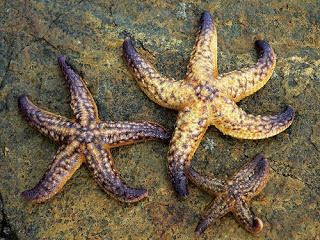Higher classification Asterias | Suborder Asteriadina Genus Asterias Rank Species | |
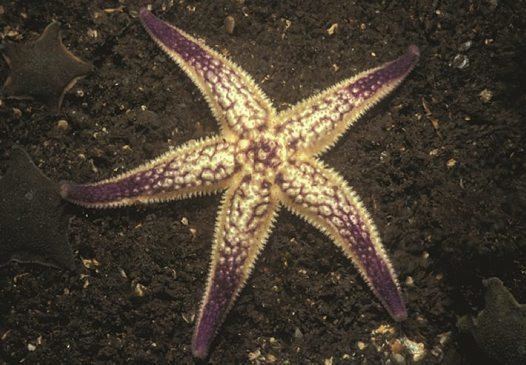 | ||
Similar Starfish, Asterias, Echinoderm, Patiria pectinifera, Asteriidae | ||
Asterias amurensis, also known as the Northern Pacific seastar and Japanese common starfish, is a seastar native to the coasts of northern China, Korea, Russia and Japan. This species has been introduced to the oceanic areas of Tasmania, southern Australia, Alaska, the Aleutian Islands, parts of Europe, and Maine. Based on the distribution of northern Pacific seastar populations in shipping ports and routes, the most likely mechanism of introduction is the transport of free-swimming larvae in ballast water for ships. The ships suck in the ballast water containing seastar larvae, in a port such as one in Japan, and let it out in a port such as one in Tasmania, the larvae come out with the water, and metamorphose into juvenile sea stars.
Contents
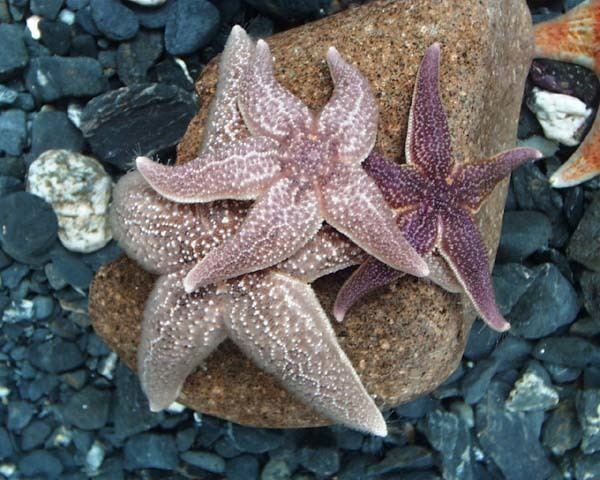
It has become an invasive species in Australia and is on the Invasive Species Specialist Group list of the world's 100 worst invasive species.
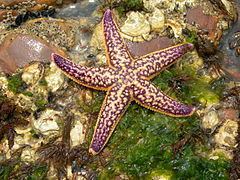
Impacts on Society

Invasions breed extinctions. It is vital to monitor ecological impacts from invasive species, because they can cause economic or even human health impacts. A surge in this species’ population will affect the populations of its prey and throw off normal balances in the current trophic web of Pacific coast areas. Experimental evidence has concluded that the predatory star has a major impact on juvenile bivalves. The asteroid will also attach itself to salmon traps, oyster lines and scallop longlines. In Australia, it was connected to the decline of the endangered handfish. American ecologists must pay close attention to the implications of this invasive species. As trophic webs change over time, the endangerment and loss of certain marketable sea organisms cause coastal communities to potentially lose billions of dollars. In Japan, the sea star’s population outbreaks have cost the mariculture industry millions of dollars in control measures and losses from predation.
Removal
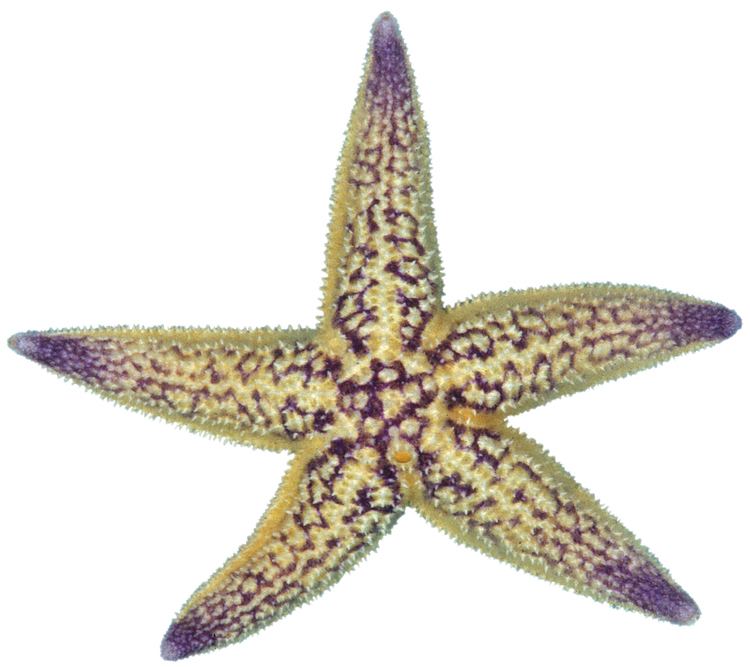
The North Pacific sea star has already invaded Australian waters in the Derwent Estuary and Henderson Lagoon. Such a notable disturbance has not been documented in America.
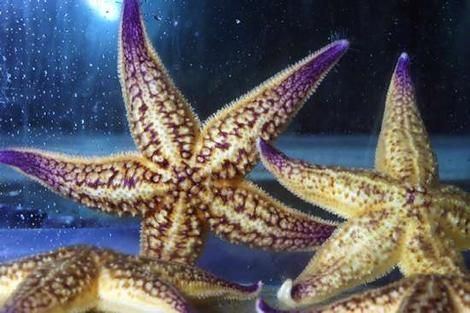
Trials have been run to find effective removal processes including physical removal of A. amurensis, which was estimated by workshop participants to be the most effective, safe and politically attractive when compared with chemical or biological control processes. Poisoning the seastars or introducing a new predator to cut back their population numbers would introduce new problems, so effectiveness is not guaranteed. Early detection and prevention of reproduction remains the best solution to reducing harmful effects of invasive species. The aim of the study by Mountfort et al. was to develop a probe to test ballast water and detect the presence of this specific maritime pest. If policies on removal of ballast water are enforced, the star will not be introduced to foreign systems so frequently.
